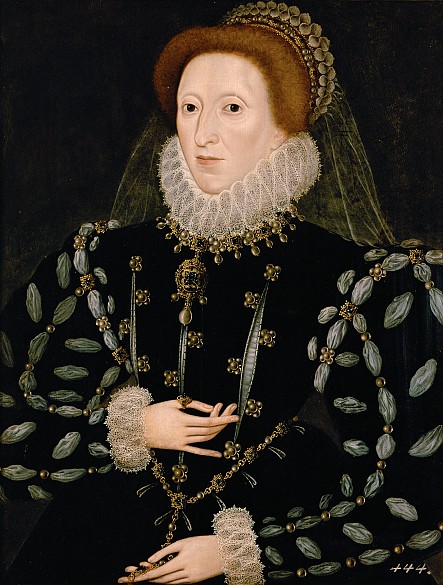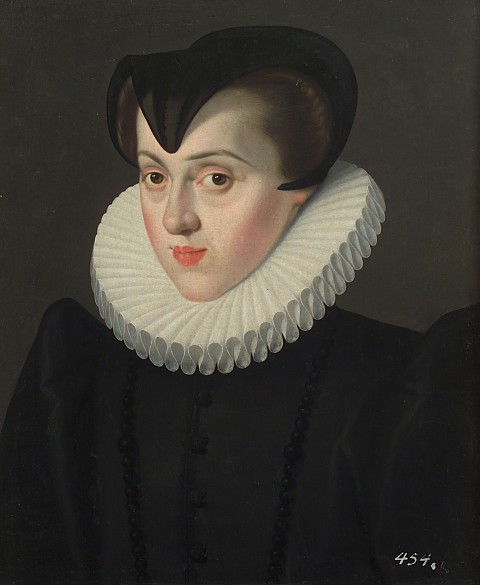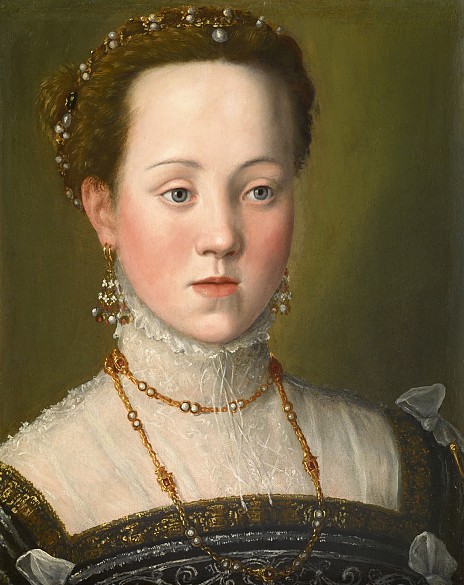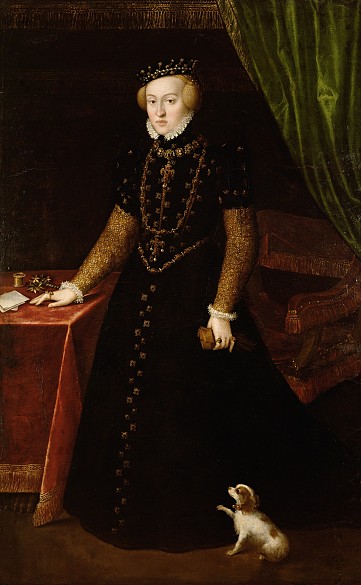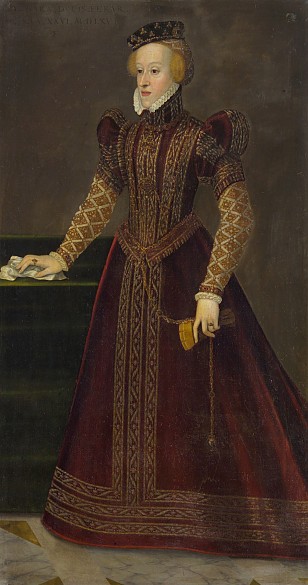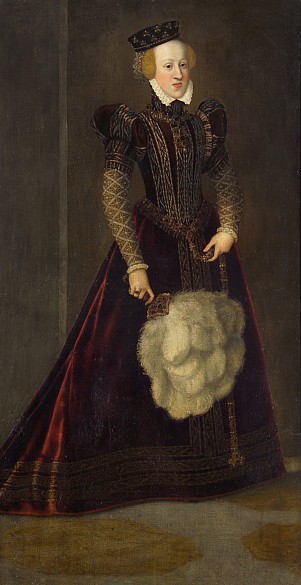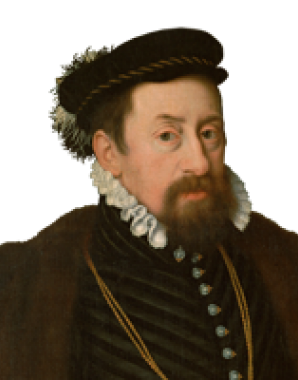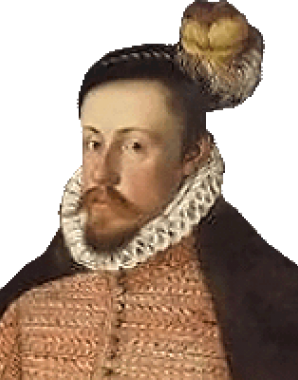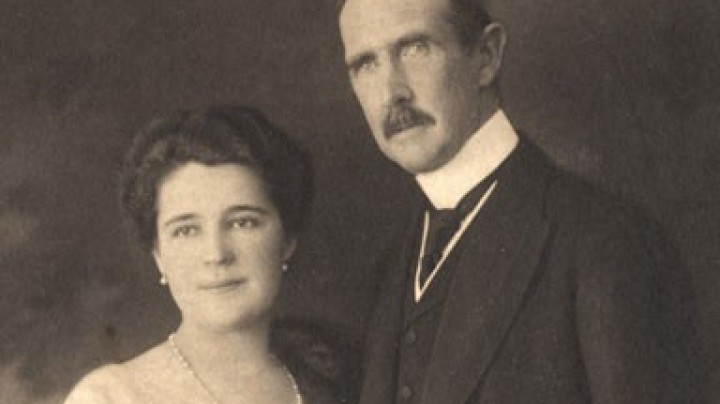Daughters and sisters, get married!
Emperor Maximilian II married off many of the women in his family to other European countries.
Marriages have always been a much-loved element in dynastic politics. Only rarely were men the pawns in these marriage games, though under Maximilian II there were longstanding but unsuccessful plans that the Emperor’s brother Charles II of Inner Austria should marry Queen Elizabeth I in order to bring England back into the fold of the Catholic Church. Usually it was the women who were touted on the marriage market: following diplomatic negotiations, they were packed off like luxury dolls to a foreign court that they had never seen before and in the choice of which they had no say. Their role was simply to bear as many children as possible to their allotted husbands.
Maximilian II married off a number of his daughters and sisters to Spain, Italy, France, and Poland. In 1570 there was a double wedding involving his two eldest daughters Elizabeth and Anna. Archduchess Elizabeth was married to the French king Charles IX; he died soon after and Elizabeth returned to Vienna, where she founded a nunnery. Archduchess Anna became the fourth and last wife of her uncle the Spanish king Philip II. This marriage served the goal of peace and unity in the house of Habsburg, the two lines of which were both concerned to protect their interests through multiple marriages. This particular marriage was also important with respect to the Spanish succession.
Maximilian II married off three of his sisters to Italy in order to strengthen Habsburg influence there. In 1561 the archduchess Eleonore married Duke William Gonzaga of Mantua, while in 1565 the archduchess Barbara went to Duke Alfonso II of Ferrara and the archduchess Joanna to Grand Duke Francis de’ Medici. Joanna’s marriage was a particularly unhappy one – even her wedding was attended by the groom’s mistress Bianca Capello.
Two other sisters of Maximilian II, Elizabeth and Katharine, were married off in succession to the Polish king Sigismund II August. While Elizabeth died at the age of 18, thought to have been poisoned by her mother-in-law, her successor Katharine did not function as desired – she could not bear children – and was sent back to Austria. The death of Sigismund II shortly after that of his wife Katharine marked the extinction of the house of Jagiellon. Maximilian II wished to gain the kingdom of Poland for the Habsburgs, but the Poles elected the French duke Henri of Anjou.
